Gold Coast Mansions
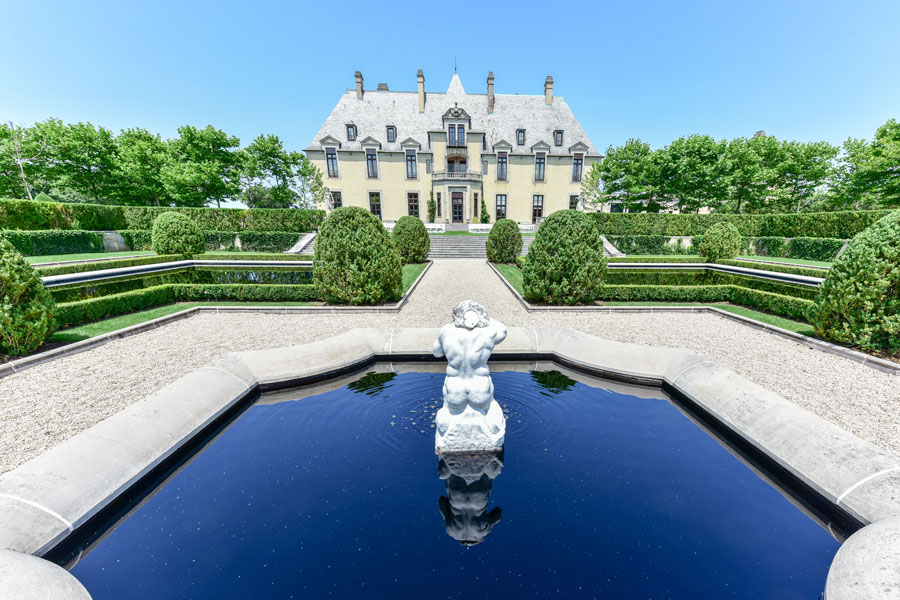
The Gold Coast Mansions of Long Island stand as enduring symbols of America’s Gilded Age – a fascinating time when some of the nation’s wealthiest families built grand estates along the island’s North Shore. These mansions, spanning from the late 1800s through the early 20th century, transformed Long Island into a playground of opulence, culture, and architectural innovation, inspiring novels, films, and generations of admiration.
What Is the Gold Coast?
The “Gold Coast” refers to the stretch of Long Island’s North Shore, mainly in Nassau County, that became known for its lavish estates and elite residents between the 1890s and 1930s. Banking barons, railroad tycoons, and industrial magnates – including the Vanderbilts, Pratts, Guggenheims, and Coes – commissioned sprawling mansions, each with its own unique character and story.
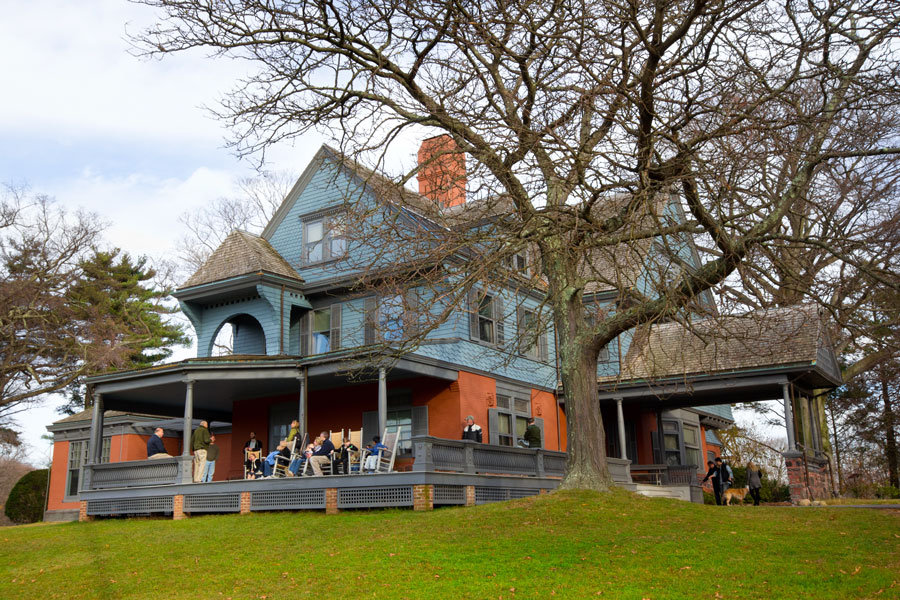
History & Social Scene
- The Gold Coast era coincided with America’s rise as an economic powerhouse, as fortunes accrued in industry, finance, and shipping were translated into palatial homes and manicured grounds.
- These estates hosted extravagant parties, cultural gatherings, charity balls, and political meetings, defining a high society lifestyle rivaled only by Newport and the Hudson Valley.
- Writers like F. Scott Fitzgerald drew inspiration from the Gold Coast’s glamour and excess, most notably in The Great Gatsby.
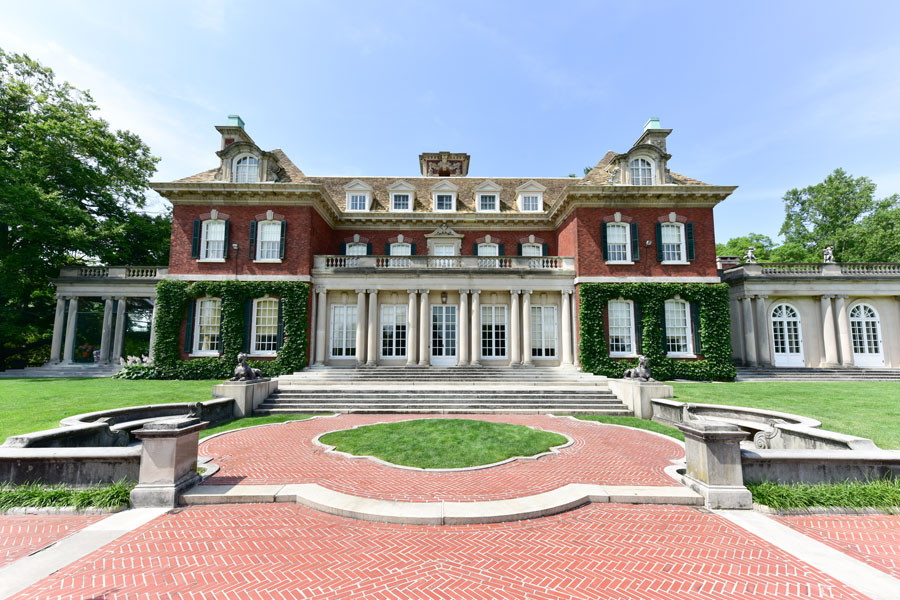
Architecture & Design
- The mansions showcase an array of architectural styles: Tudor Revival, Beaux-Arts, Georgian, Mediterranean, and French Châteauesque.
- Renowned architects and landscape designers – such as Stanford White, Delano & Aldrich, and the Olmsted Brothers – were enlisted to create homes, gardens, and parklands modeled after European palaces and stately manors.
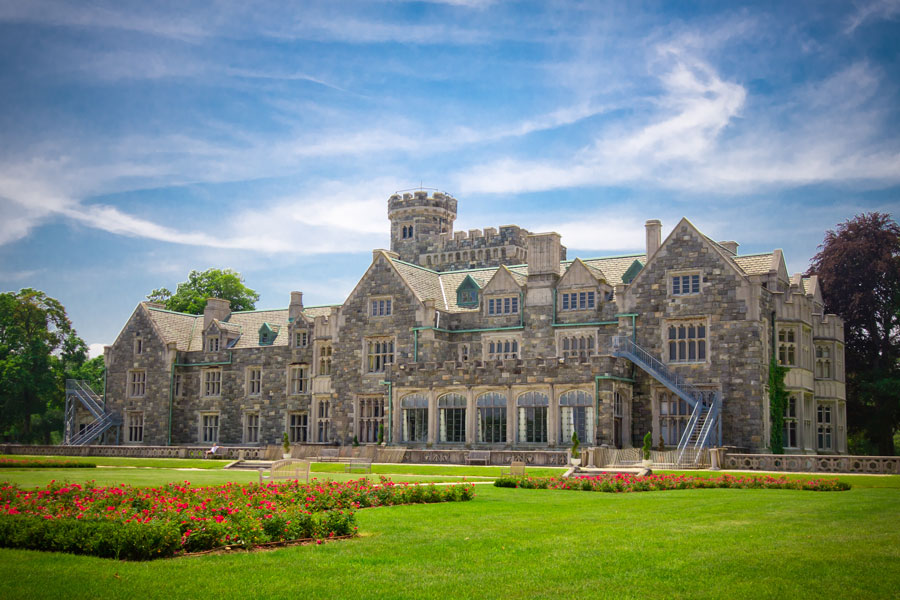
Legacy & Preservation
- While many original mansions have been lost to time and development, dozens remain as museums, event venues, resorts, and private residences.
- Notable Gold Coast Estates:
- Oheka Castle (Huntington): The second-largest private home in America, now a luxury hotel and event venue.
- Sagamore Hill (Oyster Bay): Home of President Theodore Roosevelt, preserved as a National Historic Site.
- Old Westbury Gardens (Old Westbury): The former Phipps family estate, open to the public with formal gardens and art collections.
- Sands Point Preserve (Sands Point): Includes Hempstead House, Castle Gould, and Falaise, all with diverse stories and uses today.
- Planting Fields Arboretum (Oyster Bay): The Coe family estate, renowned for its gardens and historic Coe Hall mansion.
- Many Gold Coast mansions have become settings for films, TV shows, and destination weddings, celebrating their architectural splendor and storied pasts.
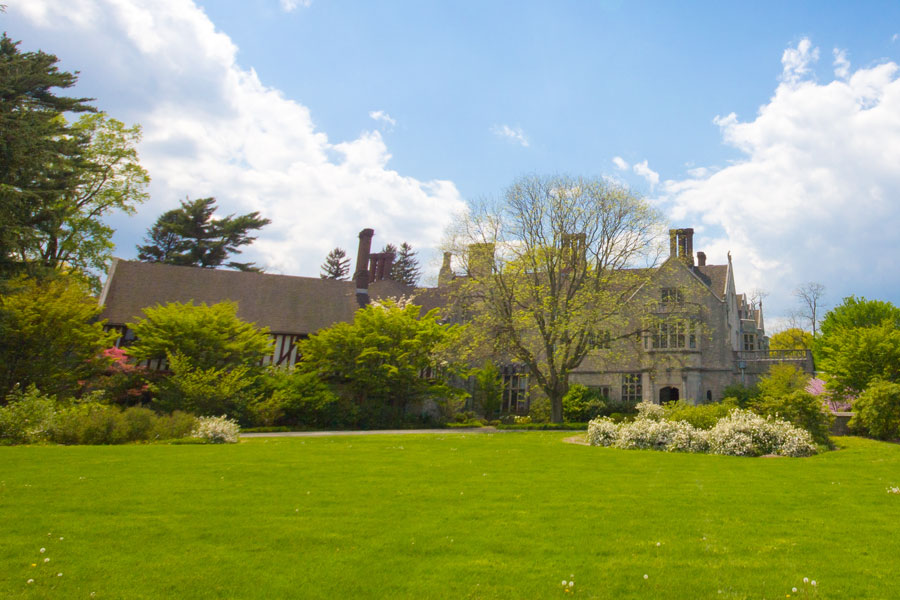
Visiting the Gold Coast Mansions
- Guided tours, seasonal events, art exhibits, and educational programs invite visitors to step inside these grand homes and imagine life during the glamourous Gold Coast era.
- The surrounding grounds – designed with fountains, greenhouses, sculpture gardens, and woodlands – remain havens for recreation and inspiration.
Gold Coast Mansions Quick Info
| Feature | Details |
|---|---|
| Era | ~1890–1930 |
| Location | North Shore, mainly Nassau County, LI |
| Notable Estates | Oheka Castle, Old Westbury Gardens, Sagamore Hill, Planting Fields |
| Architecture | Tudor, Georgian, Beaux-Arts, Mediterranean, French Château |
| Access | Many open as museums, event spaces, or luxury hotels |
| Fun Fact | The Gold Coast inspired “West Egg” and “East Egg” in The Great Gatsby |
Experience the Gold Coast
Long Island’s Gold Coast Mansions are a living museum of America’s age of ambition and artistry. Whether you explore their storied halls, wander the gardens, or admire them in film and literature, these estates tell an extraordinary tale of vision, luxury, and the timeless allure of Long Island’s North Shore.

